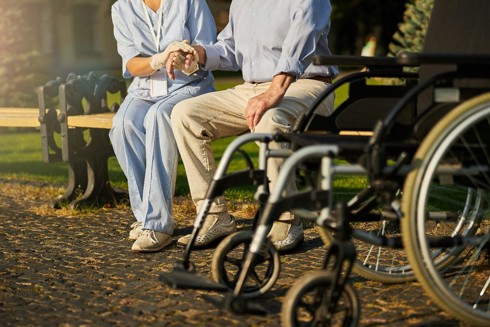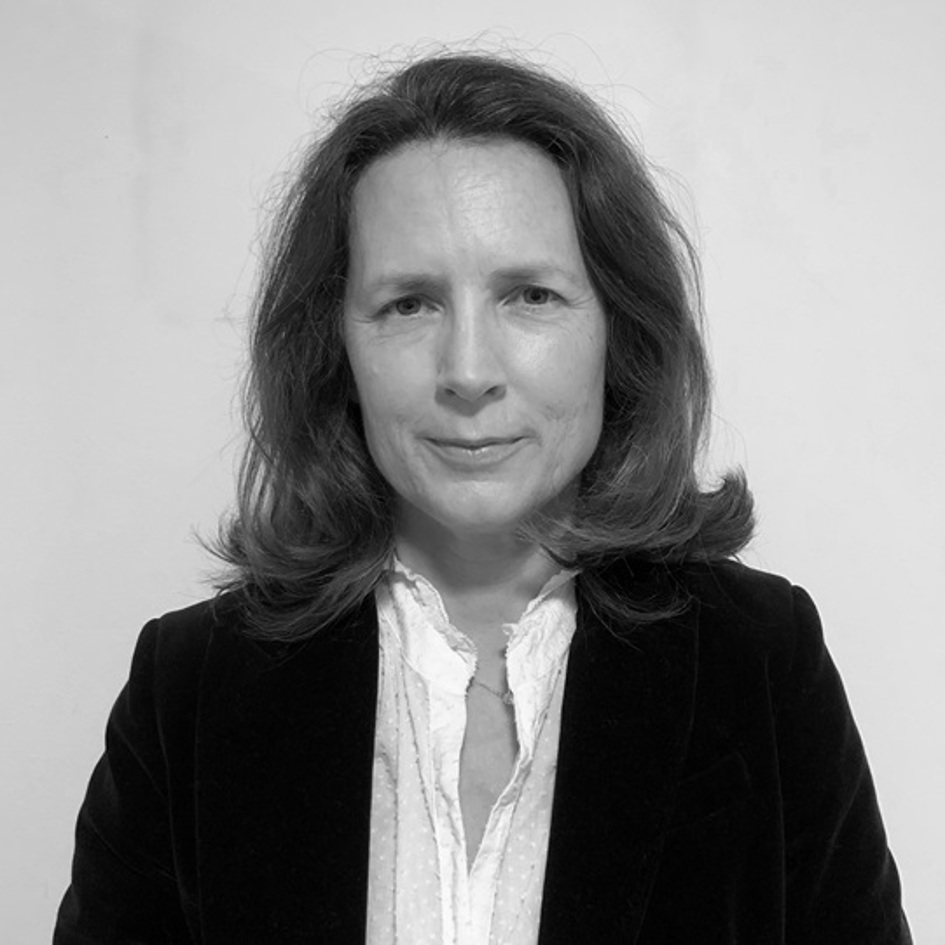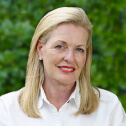Do we need to rethink our approach to building aged care homes?
21/02/2024
It’s a topic of discussion here this week after a Flinders University study found smaller more home-like facilities provide a better quality of life for residents, particularly for people with dementia.
The researchers compared the health outcomes and costs for over 500 residents in 17 facilities across Australia – one-quarter of whom were living in a home-like model.
They concluded these residents had lower hospital admissions and emergency department visits – and after weighing up differences between people needing high- and low-care, the running costs were around the same too.
But most of the aged care homes we have here in Australia have more than 60 beds.
So should we be doing things differently?
It’s not an easy question to answer. These type of facilities do take more capital to set up than traditional facilities – which is why most are backed by private investors or by not-for-profits who can re-direct profits.
Government funding is also based on resident needs, not the care model, so there are no incentives for providers to invest in these new models of care.
Workforce and staffing critical to new models
Providers still need to find enough workers too – a recently released report by super fund HESTA has revealed 80,000 aged care workers plan to leave the sector within the five years. That’s 23 per cent of the workforce – before you even factor in the need for additional workers as our population ages.
Staff mix is also critical as workers require more skills. At NewDirection Care’s Bellmere community in Queensland, residents are supported by ‘House Companions’ who are trained in complex care and dementia care needs, medication administration, cleaning, laundry and personal care, nutrition and meal preparation.
All of this training takes time and money – NewDirection has a five-week induction program – and residents still need care from registered nurses and other health professionals.
The Government is now moving towards a consumer-directed system for aged care which will offer residents and their families more flexibility and choice and Minister for Aged Care Ken Wyatt says these models do have an important role.
Some facilities – both not-for-profit and private – are already creating more home-like facilities for residents – for example not-for-profit Mercy Health is currently moving all its homes to the smaller household model.
Many are also now focusing on person-centred care – allowing residents to be more involved in when they get up and go to bed, eat meals and do household activities such as washing and gardening just like you would at home.
But it needs to be backed up by the funding – and the staff.
We also think it’s important to remember that everyone is different – and the same home will not suit everyone.
On agedcare101, we recommend families visit a range of facilities to work out the best one for their family member. For more information, click here.














